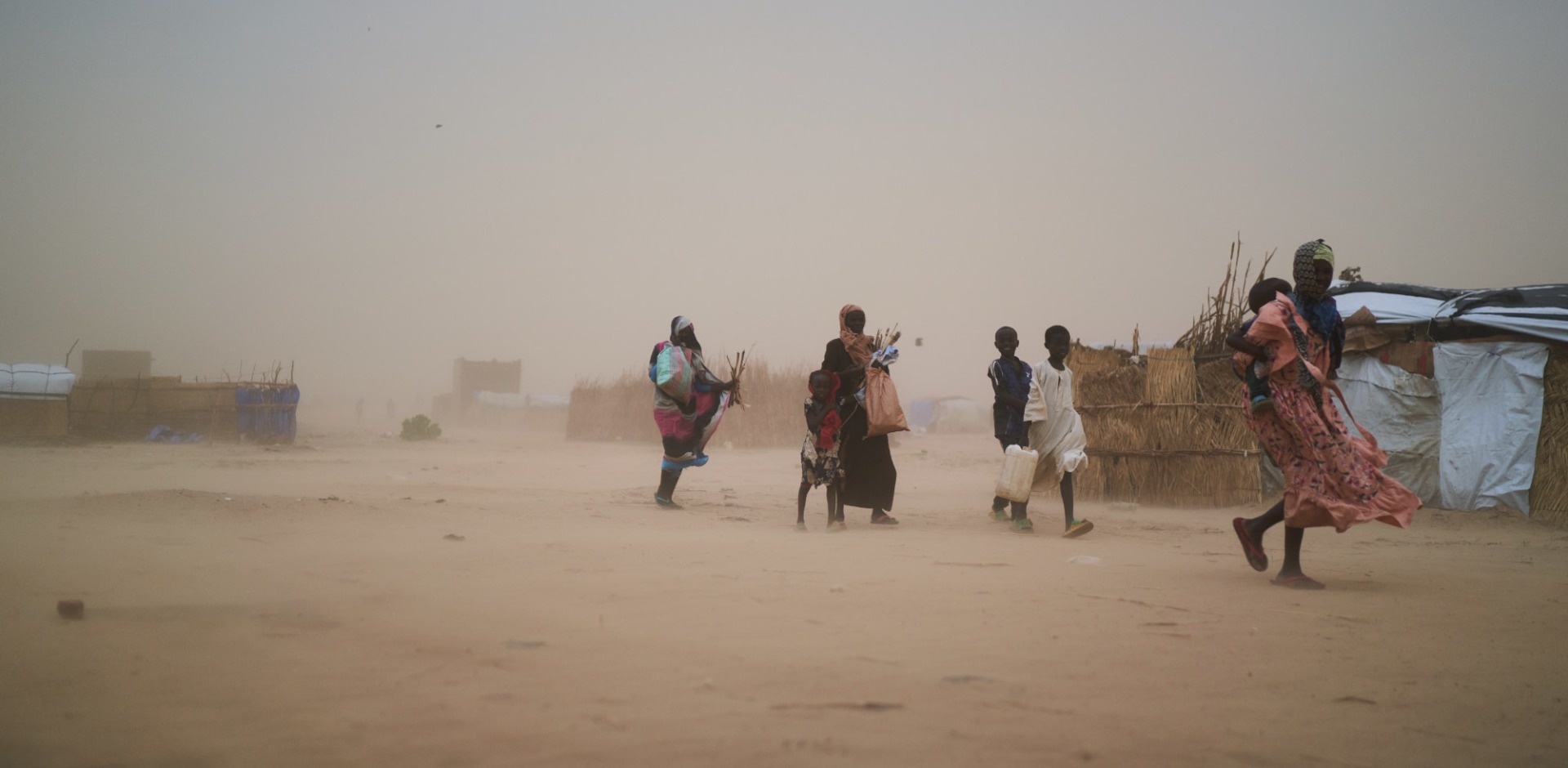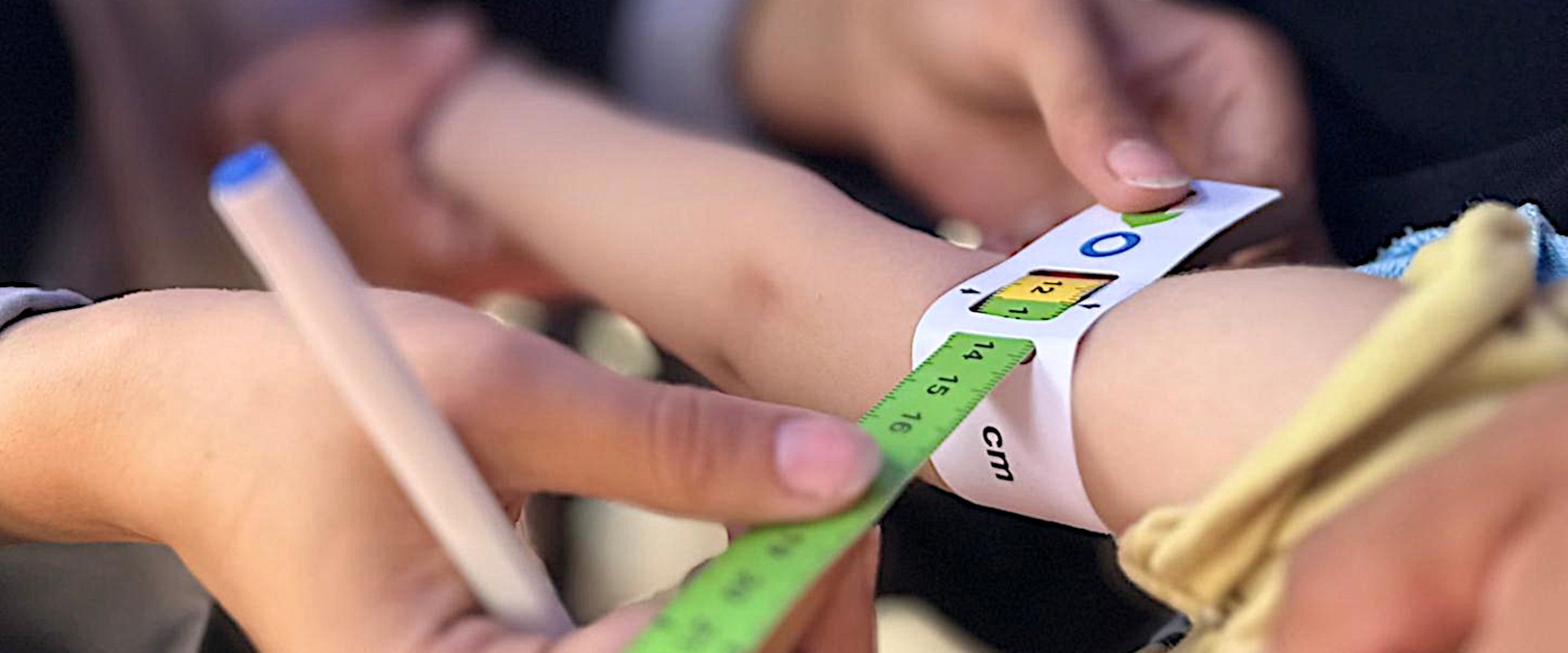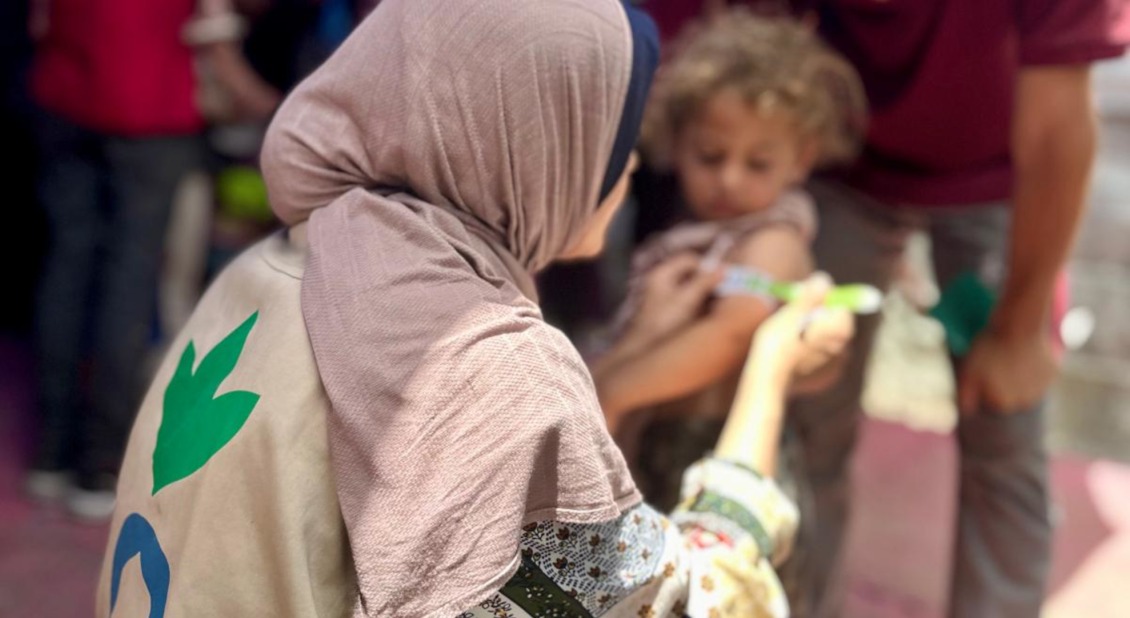
FAMINE IN SUDAN

July 29th, 2025. The latest Integrated Food Security Phase Classification (IPC) alert confirms what Action Against Hunger teams in the Gaza Strip have been witnessing for months: families in Gaza are experiencing, or are on the brink of, famine. More than 20,000 children have been admitted to hospitals for acute malnutrition, with 3,000 in critical condition. Since July 17th, at least 16 children under the age of five have died from causes directly related to hunger.
“Famine is not just a statistic. It is the result of a slow and painful process that shrinks organs, collapses the immune system, and impairs cognitive abilities,” explains Natalia Anguera, Action Against Hunger’s head of operations for the Middle East. “Every day that passes without full and safe access to food, we are condemning thousands of people to avoidable suffering.”
“No new aid delivery model will work, not a dock, not an air drop, not an isolated centre – unless the siege is lifted completely and permanently. Humanitarian access is the problem, not logistics,” says Natalia Anguera, adding: “The aid that arrives is insufficient and, in many cases, inadequate: most food requires water and fuel for cooking, virtually non-existent resources. In addition, current distribution points are far away, dangerous to reach and operate on a first-come, first-served basis, which excludes the most vulnerable.”
The survival strategies adopted by families—including fasting, diluting meals, rationing bread for children, borrowing, begging and even scavenging through rubbish—are no longer used to ‘stretch’ food, but to increase families’ chances of mere survival.

The tireless work of our teams in the Gaza Strip has enabled us to continue providing care to thousands of children and women. The number of malnourished children we are treating is now the highest since the war began. Nearly 400 children under the age of five are receiving treatment for malnutrition in our clinics- an increase of over 700% compared to the fewer than 50 children during the ceasefire and the period immediately following it.
In July, more than a quarter of pregnant and breastfeeding women screened by our teams were malnourished, a worrying increase from approximately 16% in June 2025.
A member of Action Against Hunger’s technical nutrition team in Gaza describes the situation: “The first thing I saw when I entered Gaza was destroyed buildings and areas with no signs of life. In the displacement camps, children collected food in silence, avoided eye contact and retreated to their tents, trying to protect what dignity they had left in a situation that had taken so much from them.”
However, critical supplies to treat malnutrition – such as therapeutic foods, supplements for infants and micronutrients for pregnant women – are extremely scarce. This makes allowing basic food supplies into the Strip more crucial than ever. “A trickle of aid is not enough to sustain a population of two million people who have been on the brink of famine for almost two years,” says Natalia Anguera. “We need all administrative barriers to the import of goods to be removed, all borders to be open and operational, and access to all areas of the Gaza Strip to be allowed.”
In the face of this nutritional and food collapse, nearly 100 Action Against Hunger professionals work every day inside the Gaza Strip. Our interventions focus on supporting nutrition and food security programs, distributing ready-to-eat therapeutic food, managing feeding spaces for infants and young children, and providing community services to treat acute malnutrition, even in extremely insecure contexts such as displacement camps or damaged health centres.
Action Against Hunger reiterates its commitment to initiatives which facilitate impartial, rapid and evidence-based humanitarian action, reaching the people who need it most.
Action Against Hunger urgently calls on all parties involved to:
Join our community of supporters passionate about ending world hunger.